Education and technology into the 2020s: who’s next?
“It was the best of times, it was the worst of times”. Of course Dickens was not referring to the emerging trend of digitalisation. And I bet he wouldn’t have thought that this society-transforming innovation could actually influence the way children are taught. But he got one thing right: this is how people react when it comes to change. We experience conflicting emotions because we long for change but we also fear it.
Alright, you got me. I lured you in with a quote by Charles Dickens, but I am actually here to talk about technology and how we can use it to breathe new life into our old education system.
I am in no position to criticise the educational system. However, I am part of this generation’s students. We were not born to be confined by the limits of simple learning. Our curiosity is vast and cannot be catered with ways that were designed earlier. If you keep on teaching this generation the way you taught them yesterday, you will deprive them of their tomorrow. That is why we are compelled to use digitalisation in our education system now more than ever.
Today, education has to be collaborative and interactive. Gone are the days when students sit in the classroom and learn solely by listening to lecturers. Fortunately, the tables are starting to turn. Technology is opening up a world of endless possibilities for extending the classroom beyond its four walls. And people are starting to make the most out of it.
In 2019, the largest US publisher involved in textbooks for colleges and universities announced its shift from print by making all textbook updates “digital first”. “Print will no longer drive our product development cycle,” says Pearson CEO John Fallon. “This enables us to offer prices that are highly competitive. We can update the content more frequently, and students and faculty will be able to get the updates in real time.”
Similarly, X2 Mobile has partnered up with the Center for the Collaborative Classroom, which resulted in two iOS and Android educational apps. The first one is called BookRoom! and it allows the reader to load a book into the app by scanning the barcode on the back cover. The students would then have access to it in the device for rereading at a later time. The app is also 508 compliant, meaning that readers with disabilities can still use it and get the most out of it.
WordWorks!, the second app developed for CCC, helps children learn how words are formed from letters and syllables. It includes two games, Build That Word! and Sort it Out!. In Build That Word!, students hear a word and then assemble it by ordering letters or groups of letters. In Sort it Out!, children categorise words based on spelling, sound or other attributes. Both games include fun animations as children progress through the games.
Another leading publisher for school libraries that expanded into digital resources is Capstone. Since their aim is to make sure they are where kids want to read, they realised that this could be in a library, on their phones or tablets, and they prepared accordingly.
In 2009 they came up with PebbleGo, a curricular content hub specifically designed for K-3 students. Packed with informational articles, ready-made activities, and literacy supports for students of all abilities, it boosts engagement and fosters independent learning in core subject areas. An award-winning K-2 research product used by 3 million kids, PebbleGo has over 1.7 billion lifetime page views and 661 million articles read, which equates to every K-2 student in the U.S. reading 58.5 articles.
Likewise, the LaunchPad mobile app developed by X2 Mobile for ClassLink gives you personalised, single sign-on access to all your school resources. Therefore, it eliminates the need for a user to remember multiple usernames and passwords. With one click, you can have instant access to thousands of learning, productivity and educational apps. It is accessible from any device and it encompasses many other features designed to help students engage in interactive learning experiences.
Yet another product designed for ClassLink by yours truly is ClassLink Analytics. It grants school administrators (who use ClassLink OneClick at their school) round-the-clock access to login and web-app usage reports from their mobile devices, making it easier to keep a virtual eye on the overall activity.
Today’s modern classroom is much different than the traditional classrooms of times gone by. With new technology that is now being implemented, students and teachers have better resources than ever before to help them learn to their fullest potential. A great example of this is National Geographic’s programme Panorama: Reading Through the Lens of Science and Social Studies. It enables teach reading with engaging, authentic fiction and National Geographic nonfiction texts for Grades K–6. Powered by the MindTap digital platform, students engage with interactive texts and stunning video. Teachers have access to differentiated instruction and customised lessons based on reading, science, and social studies standards.
E-classrooms are becoming more prevalent and remote education has opened horizons for millions of people. It is because of new education technology that educators can teach more people with better resources.
We are witnessing awe-inspiring advances in science and technology. We have been given invaluable resources. It only takes one idea. One spark. When it comes to shaping, transforming and guiding young minds, there should be no limits. Their future is at your fingertips.
So, what efforts are you making in order to contribute to this process of innovation?













